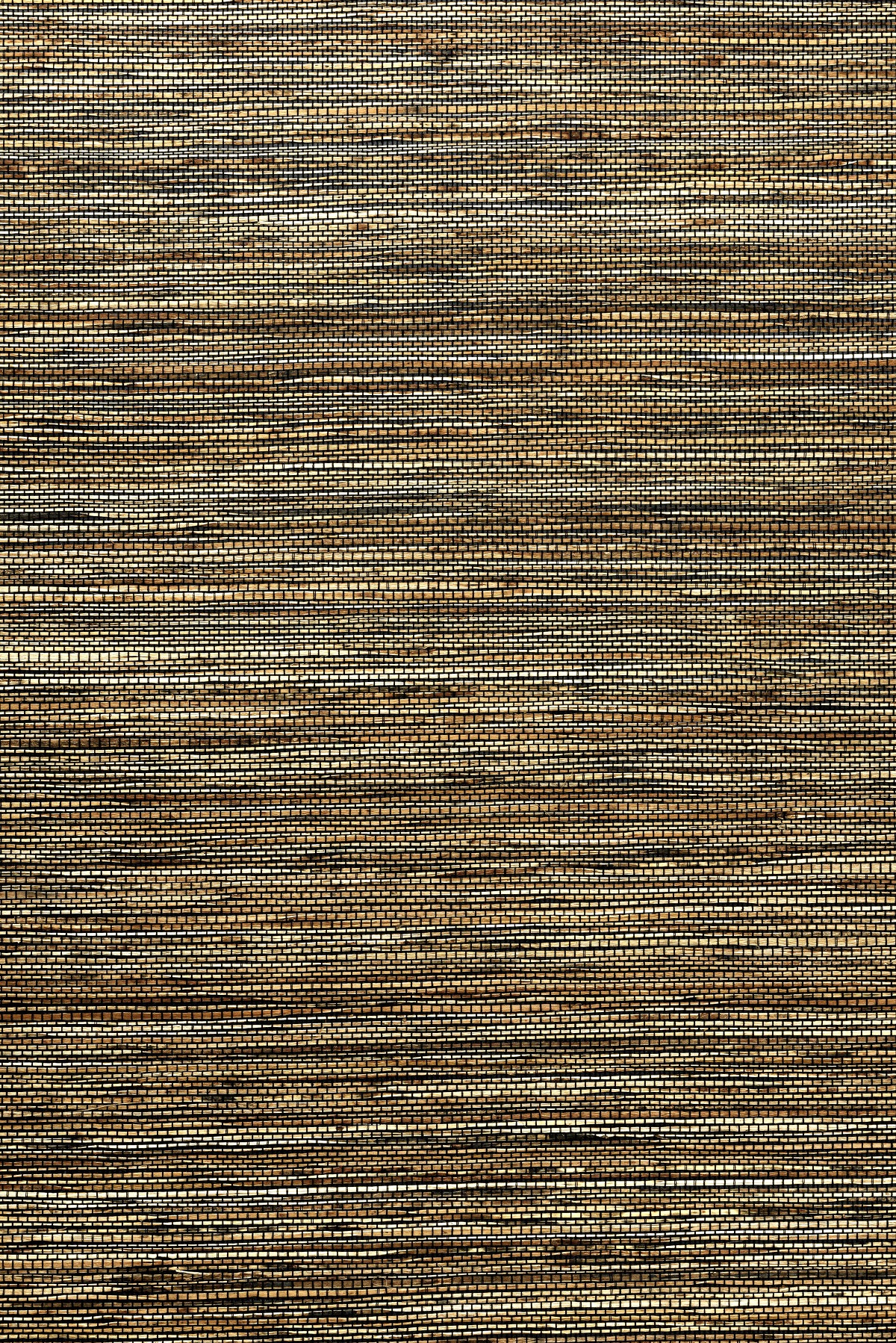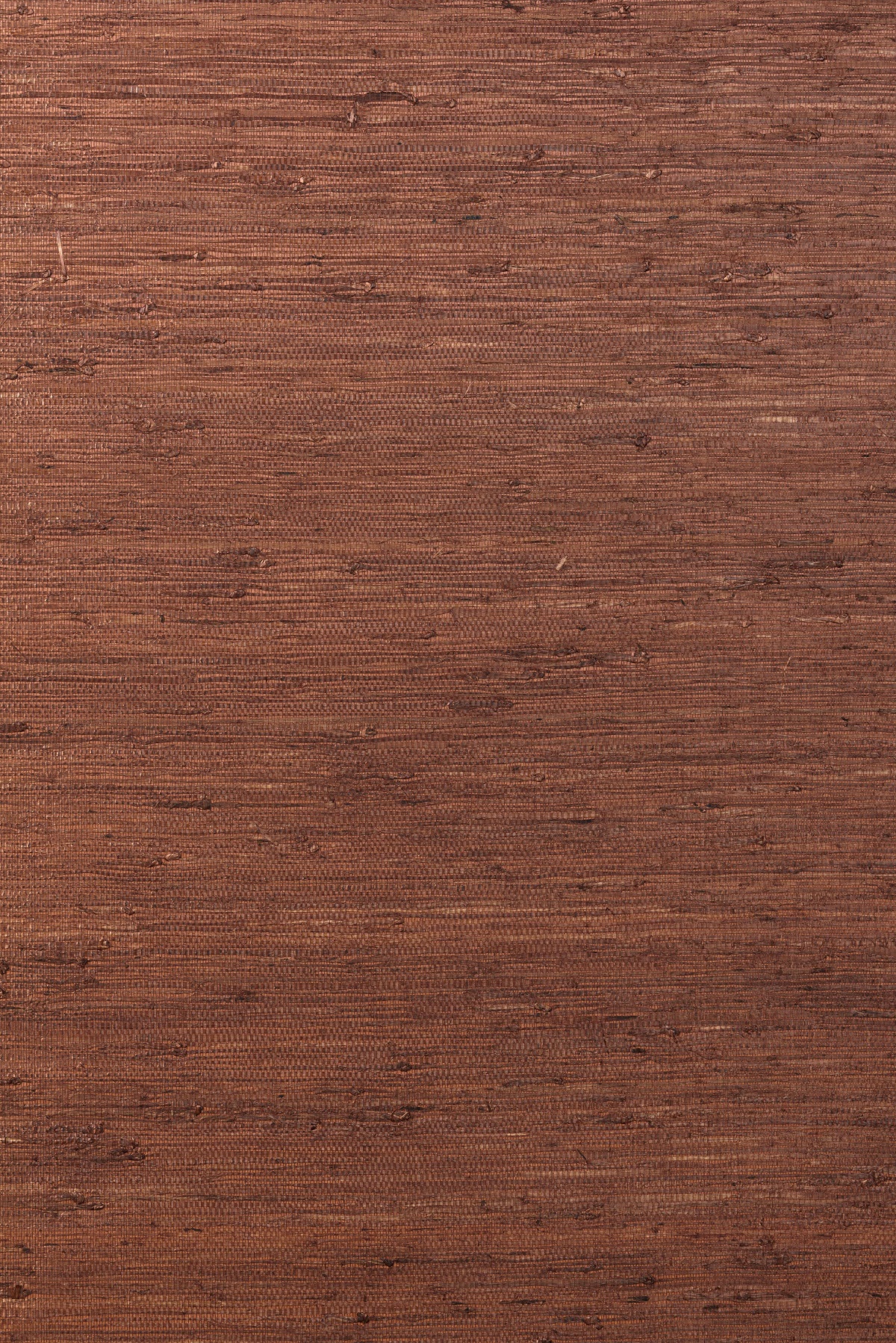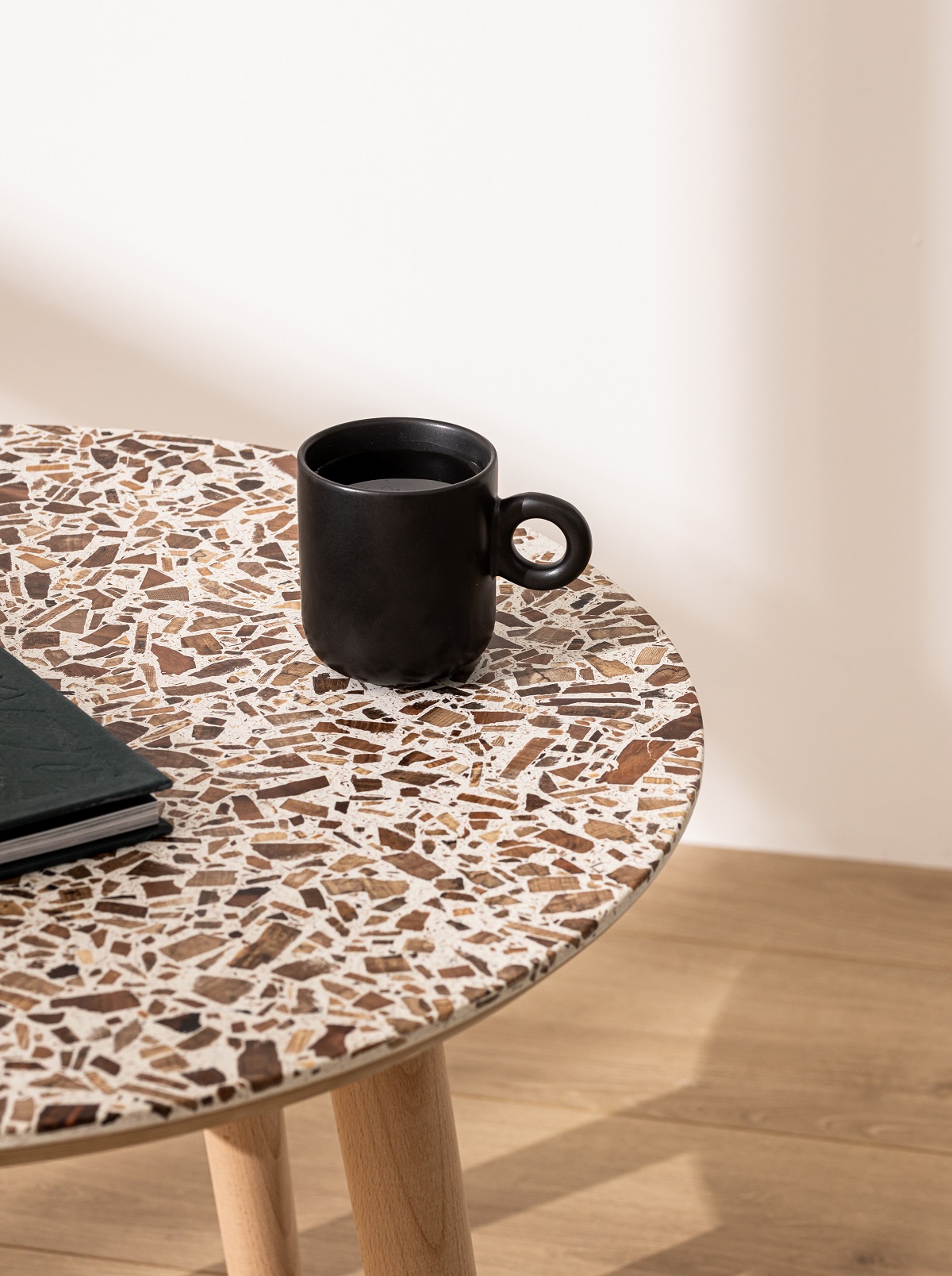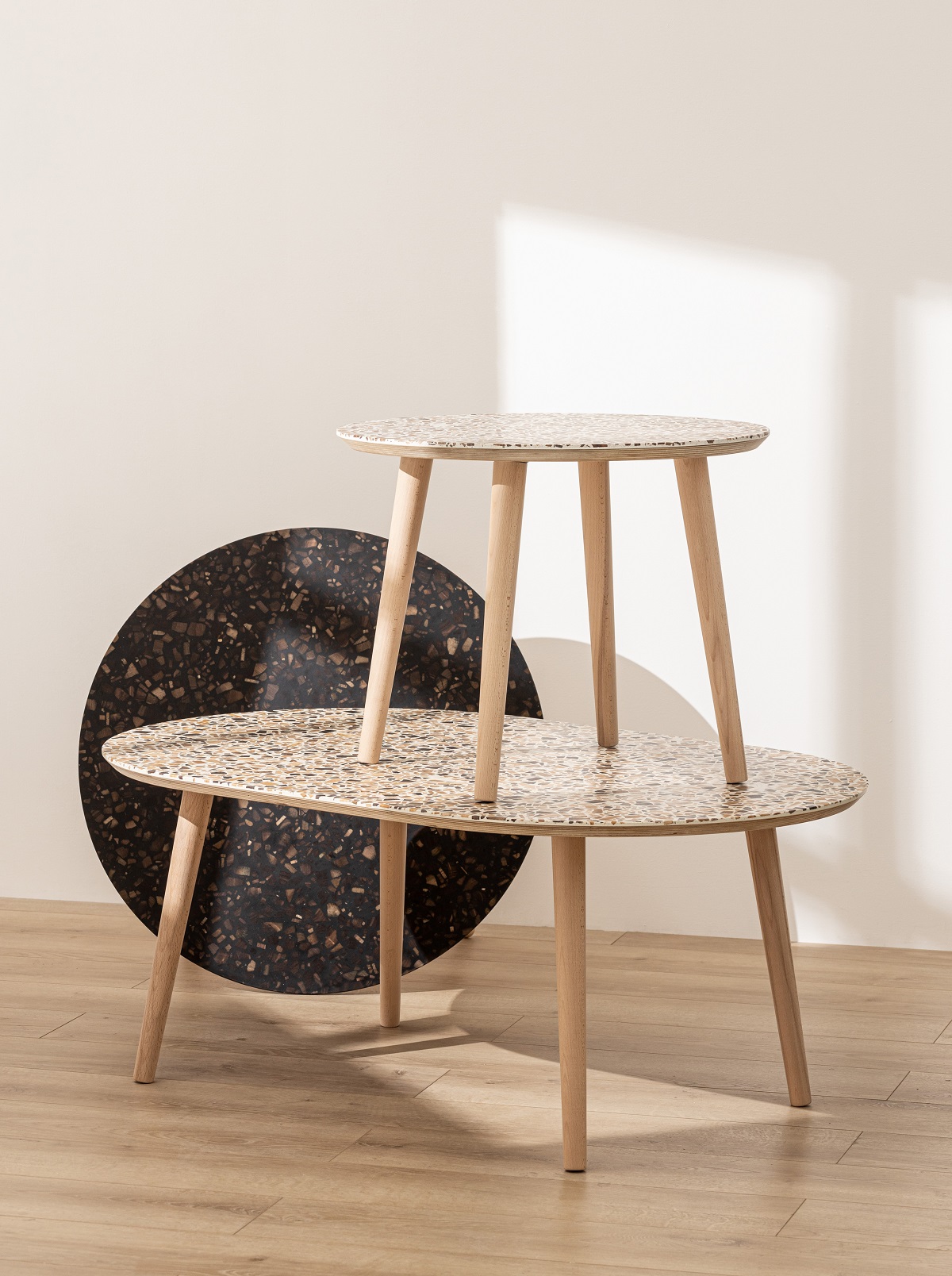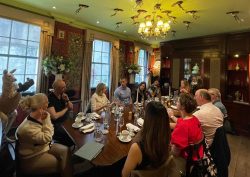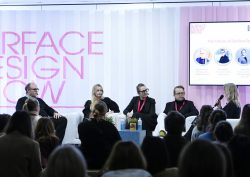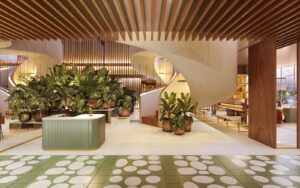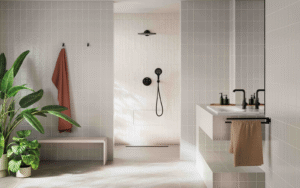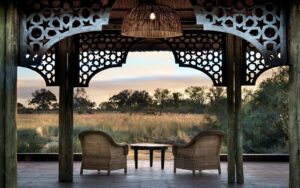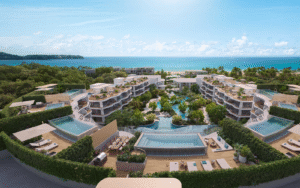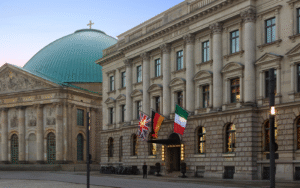Inevitably a new year is punctuated by predictions and trends of what is to come on the design stage. Sifting though the conversation is often inspiring and certainly interesting and when it comes to surface design there are some products that are both reflecting these points of conversation as well as directing discussion. In the lead-up to Surface Design Show, writer Pauline Brettell throws the spotlight on a few that have caught our attention…
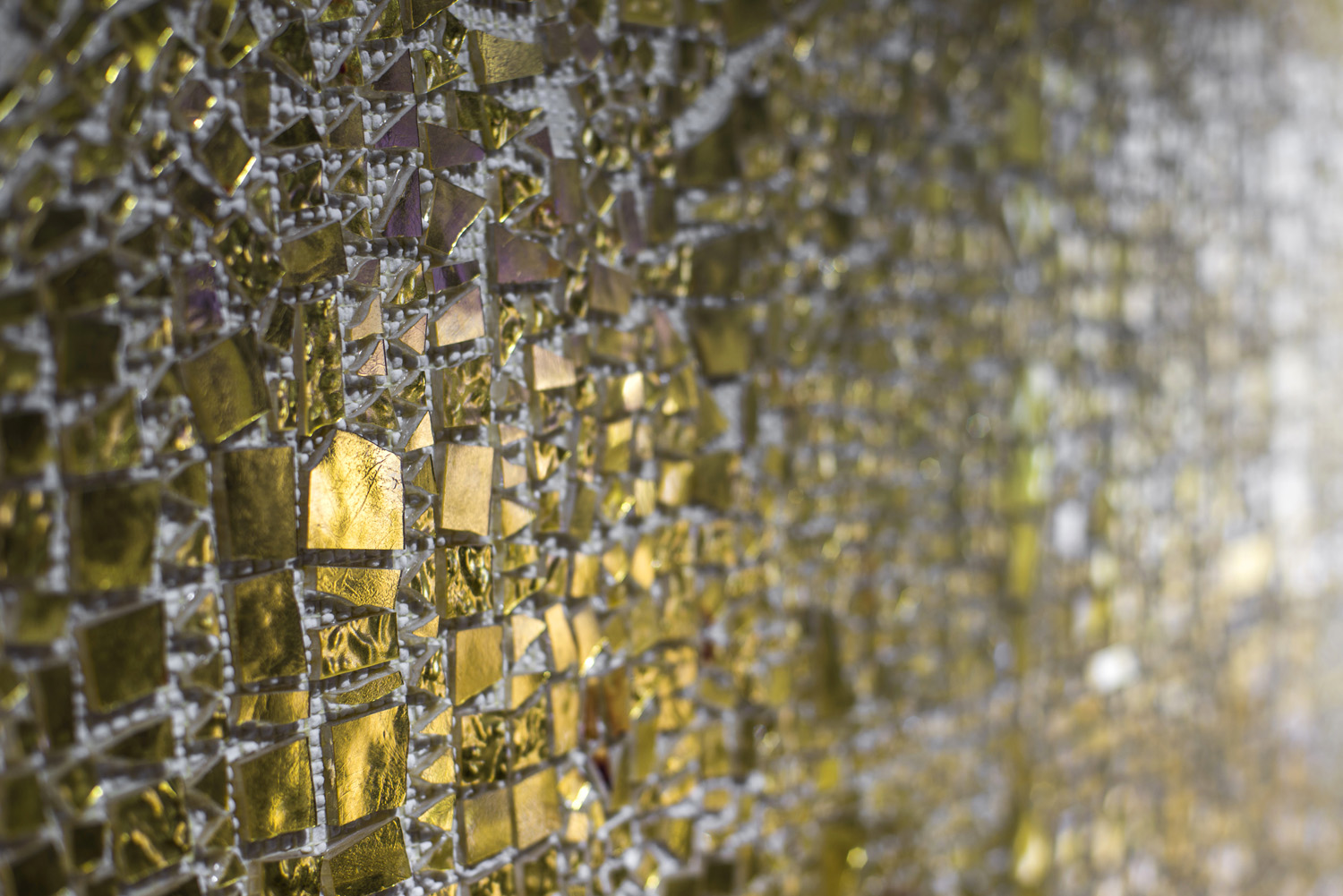
There a few standout trends that are crossing all design boundaries – sustainability is clearly an ongoing and underlying consideration across the board, while tactility and texture are shining a light on the surface of things. Having gone through a period where hygiene was of greater concern than sensory satisfaction, it is with some relief that we can finally embrace surfaces that invite us to touch and feel. Wellness – another strong trend that remains firmly on the agenda – is about so much more than a steam room and a wipeable surface, it is about injecting elements into design that bring warmth and wellbeing.
3DForms from Granorte
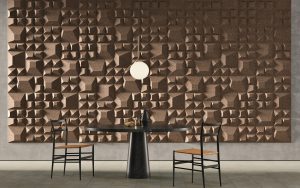
Image credit: Granorte
Designed by Alzira Peixoto and Carlos Mendonca of SimpleFormsDesign, 3DForms is a collection of three-dimensional cork wall tiles that can be arranged to bring a bespoke texture to walls and other vertical surfaces. Made entirely from 100 per cent post-industrial recycled cork, already a sustainable and renewable raw material, 3DForms also captures cork’s unique natural aesthetic for a distinct look. The tiles are available in different geometrical 3D designs that can be used together to bring a wide range of layout combinations.
Kudzu and Sambe from Arte
The Osmanthus Collection by Arte exudes refinement and luxury, not only through the sophisticated embroidery techniques utilised, but also due to the use of natural materials such as sisal, cotton and hemp that have been used to create it. The materials, designs and colours in this collection are inspired by the Far East, and the aesthetic aspect and purity of nature is the common thread weaving through all the designs in perfect balance. The Kudzu wallcovering is made from the fibres of the climbing kudzu plant which is very common in tropical regions. These fibres are coarsely woven into a unique wallcovering as the irregular thicknesses and different shades of the various threads reveal its natural origins. Sambe is another design within the collection that focusses on texture through natural fibre. The design is made of hemp fibres whose natural colours contrast with the fine black yarns that hold the fibres together. The knots and irregular threads of different thicknesses are clearly visible, and this is what makes Sambe so authentic and pure.
Gold from TREND

Image credit: Cécil Mathieu
Moving from woven organics to glittering minerals, the gold range of mosaic tiles from TREND harnesses the age-old fascination for all that glitters. The artistry of the glass mosaics has always been at the heart of TREND offerings, and are made using the same artisanal methods developed by master craftsmen at Venice’s Orsoni in 1888. The gold mosaic tiles are created using 24kt yellow gold, providing a rich and luxurious colour while the textured surface design of these mosaics adds depth and dynamism. With longevity being inextricably linked to sustainability, gold mosaics have a rich history and the sensory experience the surface has most certainly stood the test of time.
3D tiles from Atlas Concorde
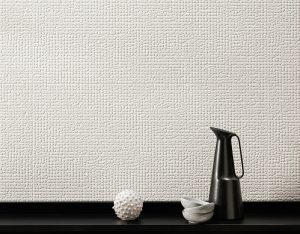
Image credit: Atlas Concorde
The plastic, three-dimensional expression of bas-reliefs and sculptures is introduced with the range of 3D wall tiles from Atlas Concorde, allowing interior design to create scenic walls that become three dimensional and dynamic. Light then helps to add movement to the surfaces and bring them to life, changing the look at every hour of the day. In a range of colours and textures, the depth, chiaroscuro, and workmanship typical of bas-reliefs have been interpreted by Atlas Concorde to create a surface design with strong from geometric and linear effects through to soft sinuous sensations, all inviting you to run your hand over the surface. In addition the impact of joints in the designs have been minimised to ensure a greater sense of surface uniformity.
Mogu Acoustic from Mogu
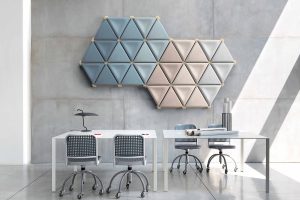
Image credit: Mogu
Italian-based Mogu has been exploring the potential of mycelium-based technologies in diverse application sectors and have developed commercial mycelium-based products suitable for interior design applications. Mogu Acoustic are the first commercially available products of their kind, entirely made of mycelium and of upcycled bio-based materials. The panels are not only 100 per cent biodegradable and bio-based, but they also contribute to assigning new value to the tons of residues of the textile industry. Thanks to the action of selected microorganisms, the fibres are naturally degraded, transformed and compacted into beautiful and functional materials for interiors.
Timber Terrazzo from Foresso
Foresso has developed a timber terrazzo, made from waste wood sourced from trees felled in Britain and hand finished in Birmingham, this product is all about sustainability, and a circular design process while creating a surface that is both aesthetically pleasing and professionally finished. Using timber waste that comes from city maintenance, local sawmills, or even building sites, the offcuts and wood dust are combined in a process with the end result being a warm and organic reimagining of the classic terrazzo stone surface. Like many of the surfaces on this page the Foresso timber terrazzo is about embracing the process and ethics of sustainability while keeping the focus firmly on design.
Main image credit: TREND Group





